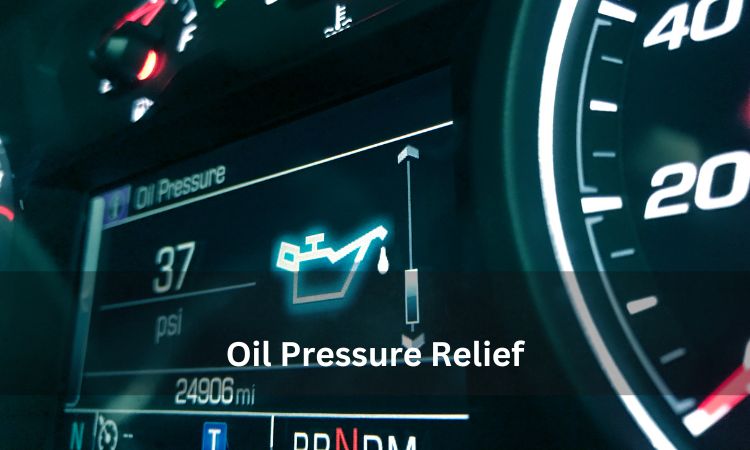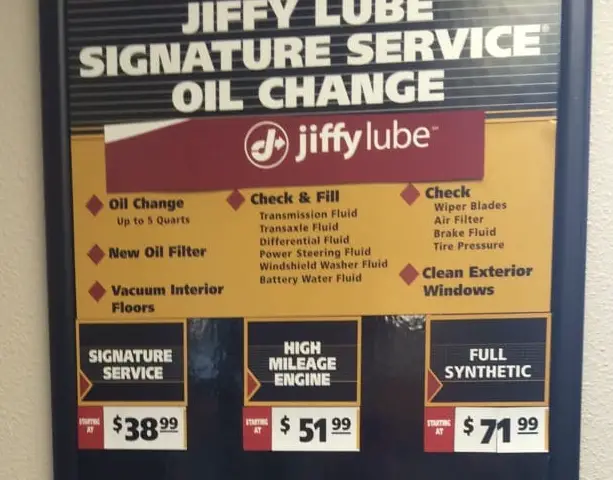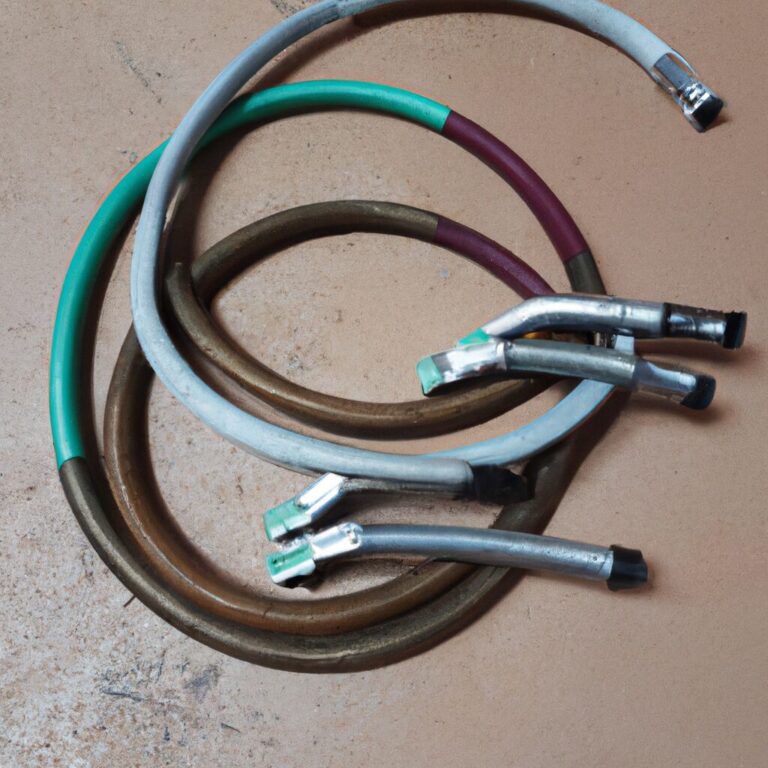Reducing Emissions: Catalytic Converter Repair Tips
To reduce emissions, catalytic converter repair is essential for maintaining optimal vehicle performance and reducing environmental impact. By addressing issues such as damaged or clogged catalytic converters, you can effectively minimize harmful emissions and enhance your vehicle’s environmental friendliness.
Additionally, proper maintenance and timely repair of catalytic converters can improve fuel efficiency and ensure compliance with emissions regulations. As a result, investing in catalytic converter repair not only benefits the environment but also contributes to long-term cost savings and sustainable driving practices.
With the right repairs and maintenance, you can actively contribute to reducing emissions and promoting a greener, cleaner future for everyone.

Credit: blog.mccarthytoyotaofsedalia.com
Importance Of Catalytic Converters
A catalytic converter is an essential component of a vehicle’s exhaust system that plays a crucial role in reducing harmful emissions. It is designed to convert toxic gases and pollutants into less harmful substances before they are released into the atmosphere. Understanding the function and significance of catalytic converters is essential in realizing their role in reducing emissions and promoting a cleaner environment.
Function Of Catalytic Converters
Catalytic converters serve the vital function of reducing harmful emissions released by the vehicle. When the exhaust gases pass through the catalytic converter, a series of chemical reactions occur within the honeycomb-like structure of the converter. These reactions convert the harmful gases, such as carbon monoxide, nitrogen oxides, and unburned hydrocarbons, into less harmful substances, including carbon dioxide, nitrogen, and water vapor.
The catalyst inside the converter consists of precious metals like platinum, palladium, and rhodium, which act as a catalyst to facilitate the conversion process. The catalyst helps to speed up the reactions and increase their efficiency, ensuring that the harmful emissions are effectively reduced.
Significance Of Maintaining Catalytic Converters
Maintaining catalytic converters in good working condition is of utmost importance to ensure their optimal performance and longevity. Adequate maintenance not only helps in maintaining a vehicle’s emission compliance but also offers other benefits, including:
- Prevention of engine damage: A malfunctioning catalytic converter can lead to an improper fuel-air mixture, which can cause engine misfires, reduced efficiency, and costly repairs. Regular maintenance helps in identifying and rectifying any issues with the catalytic converter.
- Improved fuel efficiency: A properly functioning catalytic converter promotes optimal combustion, leading to increased fuel efficiency. This translates into cost savings and reduced fuel consumption, contributing to a greener and more sustainable environment.
- Environmental responsibility: A well-maintained catalytic converter ensures the maximum reduction of harmful emissions, which helps to minimize the vehicle’s carbon footprint and reduce air pollution. By taking care of the catalytic converter, you are doing your part in preserving the environment for future generations.
In conclusion, understanding the importance of catalytic converters is vital in realizing their role in reducing emissions and promoting a cleaner environment. By understanding their function and significance, and by prioritizing their maintenance, we can contribute to a greener and more sustainable future.
Common Catalytic Converter Issues
When it comes to your vehicle’s emissions system, the catalytic converter plays a crucial role in reducing harmful pollutants. However, several common issues can impact the efficiency and performance of this essential component. Understanding these issues can help you identify when your catalytic converter requires repair or maintenance.
Clogging
One of the most frequent problems that can affect a catalytic converter is clogging. Over time, the converter may become obstructed by a buildup of carbon and other residues. This buildup restricts the flow of exhaust gases, leading to reduced performance and increased emissions. If left unaddressed, clogging can ultimately lead to the failure of the catalytic converter.
Damage From Engine Misfires
Engine misfires can result in damage to the catalytic converter. When fuel doesn’t combust properly, unburned fuel can make its way into the converter, where it can ignite and cause overheating and potential damage. This can compromise the converter’s ability to effectively neutralize emissions, ultimately leading to a decline in overall vehicle performance.
Diy Catalytic Converter Repair Tips
When it comes to reducing emissions, one important aspect to consider is the proper maintenance and repair of your catalytic converter. Catalytic converters play a crucial role in reducing harmful emissions from your vehicle, and keeping them in good working condition is essential for environmental protection. Conducting DIY catalytic converter repair can help you save money while also being environmentally conscious.
Checking For Faulty Converter
If you suspect that your catalytic converter is faulty, it’s vital to conduct a thorough inspection to identify the issues. Look out for signs such as a decrease in engine performance, unusual smells, or rattling noises from the converter. Use a diagnostic tool to check for any error codes related to the converter, and visually inspect for physical damage or clogging.
Cleaning The Converter
Regular cleaning of the catalytic converter is essential for maintaining its efficiency. Use a high-temperature cleaner designed for catalytic converters and carefully follow the manufacturer’s guidelines. Avoid using harsh chemicals or abrasive cleaning methods that could damage the converter. Cleaning the converter can help remove carbon deposits and restore its performance, contributing to lower emissions from your vehicle.

Credit: www.autozone.com
Professional Repair Options
Explore professional repair options for catalytic converter issues to effectively reduce emissions and maintain optimal vehicle performance. Learn essential tips for efficient repairs and sustainable solutions.
When it comes to reducing emissions and ensuring your vehicle’s catalytic converter is functioning properly, professional repair options are essential. Consulting a mechanic is the first step to take if you suspect any issues with your catalytic converter. They have the expertise to diagnose and guide you through the repair process.Consulting A Mechanic
Consulting a mechanic provides you with the knowledge and guidance needed to address any catalytic converter repair needs. They will inspect your vehicle’s exhaust system and determine whether a repair or replacement is necessary. Don’t try to tackle the repair yourself, as it requires specialized knowledge and equipment. Replacing vs. Repairing Catalytic Converter When it comes to catalytic converter repair, the decision between replacing and repairing should be made with the guidance of a professional mechanic. Replacing the catalytic converter involves installing an entirely new unit, while repairing focuses on fixing specific components. Here are some important factors to consider:Factors To Consider:
| Replacing the Catalytic Converter | Repairing the Catalytic Converter |
|---|---|
|
|
Future Of Catalytic Converter Technology
Advancements In Converter Designs
Catalytic converters are evolving to be more efficient and durable.
- New materials are enhancing conversion capabilities.
- Designs are becoming more compact and streamlined.
Integration Of Converter With Hybrid Systems
Hybrid vehicles are optimizing catalytic converters as part of their emission control systems.
- Improved integration leads to enhanced performance.
- Smoother transitions between power sources.

Credit: www.eurotune.co.nz
Frequently Asked Questions Of Reducing Emissions: Catalytic Converter Repair Tips
How Can I Make My Catalytic Converter Work Better?
Maintain catalytic converter efficiency by regular maintenance, such as fixing engine problems promptly, using fuel and oil recommended by the vehicle manufacturer, and avoiding excessive idling. Keep your vehicle’s engine in good condition for optimal catalytic converter performance.
Is There Any Way To Fix A Bad Catalytic Converter?
Yes, a bad catalytic converter can be fixed by replacing it with a new one. Regular maintenance and addressing engine problems promptly can prevent catalytic converter issues. Professional inspection and repair by a qualified mechanic is recommended for optimal functioning.
How To Cheaply Fix Catalytic Converter Without Replacing?
You can use catalytic converter cleaner to unclog and restore efficiency. Also, repairing the converter with a welding kit may help. Regular maintenance and using high-quality fuel can prevent issues.
How Do You Restore The Efficiency Of A Catalytic Converter?
To restore the efficiency of a catalytic converter, take the following steps: 1. Use a fuel additive specifically designed to clean the catalytic converter. 2. Drive your vehicle at high speeds for an extended period to burn off carbon buildup. 3.
Check for any leaks or damage and repair as necessary. 4. Ensure you are using the correct fuel grade recommended by the manufacturer. 5. Regularly perform maintenance and inspections to keep the catalytic converter in optimal condition.
Conclusion
By following these catalytic converter repair tips, you can contribute towards reducing emissions and promoting a cleaner environment. Regular maintenance, prompt repairs, and proper usage of fuel can help extend the lifespan of your catalytic converter, ensuring optimal performance and reducing harmful emissions.
Taking these steps not only benefits your vehicle but also helps to preserve the air quality for future generations. Remember, a small effort on your part can make a significant impact on the environment.



